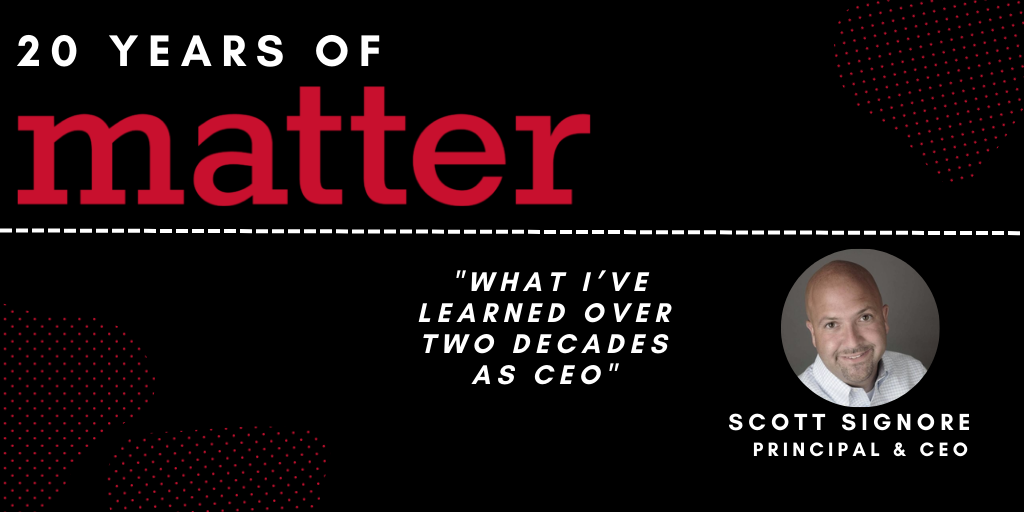Marketing automation success comes when marketing leaders make investments to ensure strategy alignment. This is best done with a Marketing Operations COE.
To see the real benefits of marketing automation, you have to focus on more than technology.
Marketing teams have made significant investments in marketing automation technologies over the last 10 years and they continue to rapidly evolve. These platforms promise marketers the ability to automate manual processes, create highly personalized marketing experiences, and improve marketing’s impact on revenue generation.
But purchasing a marketing automation platform isn’t a silver bullet to achieving these successes.
Marketers, are inundated with shiny new technology offers probably more than any other business group. And they are not exempt from the age-old problem of relying too much on a technology to reach the desired business goals.
What is the catalyst for marketing automation ROI?
With technology and in life, success is rarely achieved with a single action or investment. What is that kettle bell sitting in my garage doing for me? Yes, the “tool” has potential to help me achieve my fitness goals but unless I make a commitment to using it correctly and regularly, it’s useless.
Marketing automation is no different. Success with marketing automation comes when marketing leaders are willing to make additional investments as well as necessary process and organizational changes to ensure alignment with the strategy that technology enables.
This is most effectively done by establishing a Marketing Operations Center of Excellence (MarOps COE) team.
What is a Marketing Operations COE?
How a COE is operationalized varies depending on the strategic focus, size, and marketing maturity level of an organization. Sometimes part of a larger business process excellence initiative, a COE can also be implemented departmentally to align with transformational initiatives like the adoption of a marketing automation platform.
Typically the core of the MarOps COE is a shared services team that provides strategic leadership, martech tool governance and operations services to cross-functional and cross-business marketing teams. The team focuses on facilitating marketing ROI and sometimes digital transformation across an organization.
Usually, these teams are comprised of marketing and sales leaders, marketing operations and automation experts, project managers, and data analysts. Team members bring centralized expertise on marketing and sales technologies, marketing operations process, customer data collection and usage, and marketing program performance.
What are the benefits of a Marketing Operations COE?
The best time to start building a MarOps COE is in the early stages of your marketing automation implementation.
This might seem like a big undertaking, at a time when the team is already stretched, but in many cases a COE will accelerate the implementation and ensure adoption – especially in enterprise teams with multiple business units sharing the platform. This is primarily due to the collaboration it allows across these teams.
When best practices are followed, the COE will add tremendous value during the implementation such as:
- Ensuring a vision is created, communicated and advanced
- Identifying skills gaps and changes to roles and responsibilities early-on, so the organization has time to plan accordingly
- Translating business requirements correctly in the platform
- Minimizing risk by governance structures for the platform, data, users, and the process
- Implementing engagement standards, training, templates and documentation that create consistency, efficiency, and set the stage for scalable growth
The COE’s value doesn’t end with the implementation. A COE can help drive platform innovation and allow marketing to efficiently scale with quality and consistency.
When best practices are followed, organizations will see many ongoing business benefits such as:
- Continued focus on strategically important and/or high performing activities
- Accelerated campaign delivery through centralization of some roles/functions
- Feature enhancements evaluated and prioritized against each other
- Insights available from reporting and analyzing key performance metrics
- Improved quality and campaign outcomes due to continuous commitment to user enablement
- Ease-of-scale due to templates, standards and emphasis on documentation
Final Thoughts
Of course, teams can achieve automation success without a COE. But shifting to this model – or at least adopting some principles – will help you most efficiently and effectively leverage your marketing automation investment.
When implementing a process, organization, and technology change, as in this case, it’s helpful to have a team of experts to help navigate the transition.
___
This piece originally appeared on the Centric Consulting blog.


